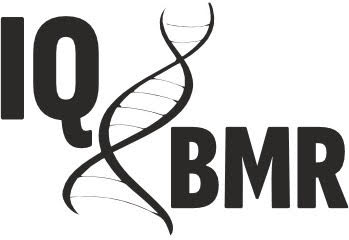Marina SANGHELI, Svetlana PLEŞCA, Mădălina CEBUC
ABSTRACT :
Pain is a subjective sensory and emotional experience, influenced by biological, psychological and social factors. Chronic pain affects about 20–24% of the adult population, being associated with functional disability, depression, anxiety and social isolation. It may have nociceptive, neuropathic or nociplastic mechanisms, being frequently mixed. Physiologically, pain perception is a dynamic, complex process involving both the central and the peripheral nervous system. The mechanism of pain transition from acute to chronic forms involves processes of peripheral and central awareness. Peripheral awareness represents the biological factor at nociceptor level, contributing to pain chronicization, which is manifested through local inflammation, nociceptor modifications and neuroplasticity, thus assuming a complex functional and molecular reprogrammation of nociceptors. Central awareness involves modification of pain modulation mechanisms, at both spinal cord and encephal level, a process supported by the imbalance between the inhibitory and facilitating pain paths, thus contributing to the persistence and intensification of chronic pain.As a subjective feeling, pain is mainly measured through self-evaluation. Identification of the objective biomarkers of the pain-related mechanisms at both receptors and central level, especially for the identification of the transition stages of acute to chronic pain, might orient its personalized management. Besides quantitative sensory testing and skin biopsy, which offer information on the possible modifications at peripheral level, but not on pain awareness, nowadays, it is only the cerebral-imagistic biomarkers that can be validated. The objective evaluation methods are mainly analyzing the diagnostic, prognostic, predictive and pharmacodynamic biomarkers involved in the development of analgesic treatments. The psychosocial factors, as well as chronic stress, influence decisively the transition from acute to chronic pain. Catastrophizing pain, fear of movement and avoiding of activities may amplify pain, finally leading to disability. An efficient management of pain requires an integrated biopsychosocial approach, multimodal and personalized treatments capable of preventing chronicization and of improving patients quality of life.

